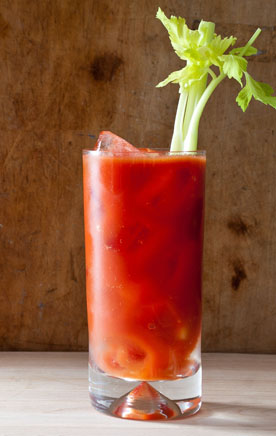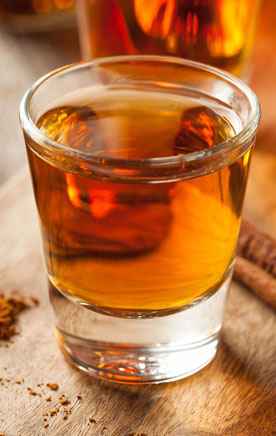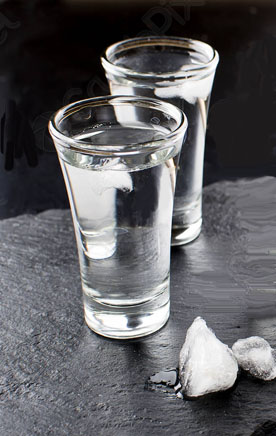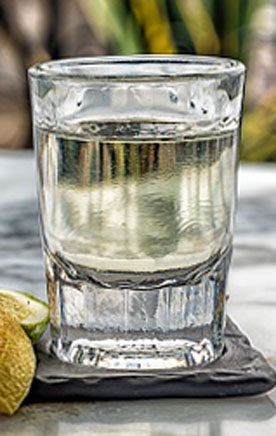|
Related Links
|
||
New This Month
It is believed that Sake brewing began in the 3rd century B.C., when a method of rice planting was introduced to Japan. The Japanese Liquor Law defines Sake as, "made from rice, rice koji and water using fermentation and filtration processes". Premium sake is split into a number of different categories based on ingredients, which brewing process is used, and other characteristics. However, simply because a sake falls into a certain category doesn't mean that it will necessarily taste like other sakes in that category. The most important factor is the skill of the brewer, which is unique to the brand and brewery.
Rice Polishing
It is ideal to use only the inner core of the rice grains, which allows for the creation of a purer sake. Polishing down the grain increases the amount of raw rice needed for production, and requires extra time and energy. Because of this, a low polishing ratio (how much of the rice is left after grinding off the outside part) often indicates a quality sake.
The differentiation between the sakes made with rice and koji is the amount of milling the rice has undergone before brewing. They include three groups: Junmai (polished to at least 70% of the original size of the grains), Junmai-Ginjo (polished to at least 60%), and Junmai-Daiginjo (polished to at least 50%).
Sakes present a whole range of flavors and fragrances, but the predominant flavor profile of super premium sake can be expressed in terms of sweetness and dryness. Junmai-Sake, Junmai-Ginjo, and Junmai-Daiginjo are often drier, while harmonizing the natural sweetness of the fermented sugars and acids.
Kampai.
|
Akita Homare |
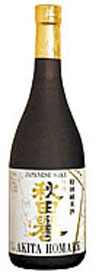 |
|
Akita Seishu |
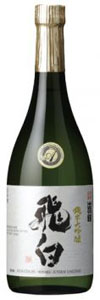 |
|
Banshu Ikkon |
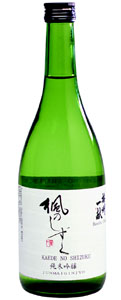 |
|
Biwa No Choju |
 |
|
Bunraku |
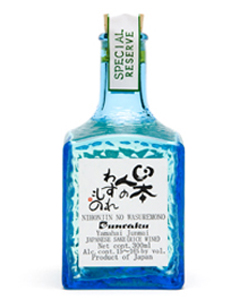 |
|
Choryu |
 |
|
Fujii |
 |
|
Garyubai |
 |
|
Gassan no Yuki |
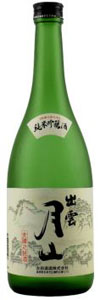 |
|
Hakushika |
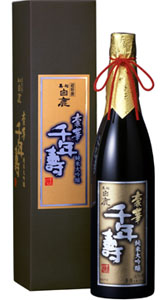 |
|
Related Links
|
||



